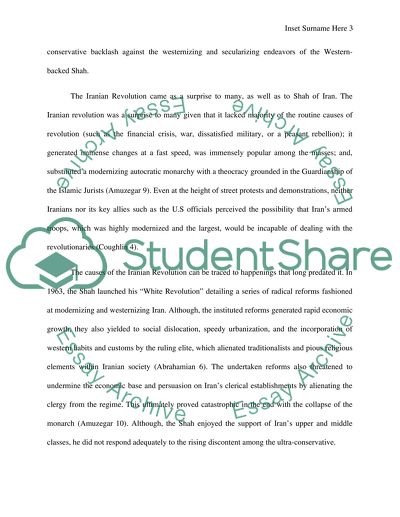Cite this document
(“The Iranian Revolution Essay Example | Topics and Well Written Essays - 2500 words”, n.d.)
Retrieved from https://studentshare.org/history/1403959-the-iranian-revolution
Retrieved from https://studentshare.org/history/1403959-the-iranian-revolution
(The Iranian Revolution Essay Example | Topics and Well Written Essays - 2500 Words)
https://studentshare.org/history/1403959-the-iranian-revolution.
https://studentshare.org/history/1403959-the-iranian-revolution.
“The Iranian Revolution Essay Example | Topics and Well Written Essays - 2500 Words”, n.d. https://studentshare.org/history/1403959-the-iranian-revolution.


